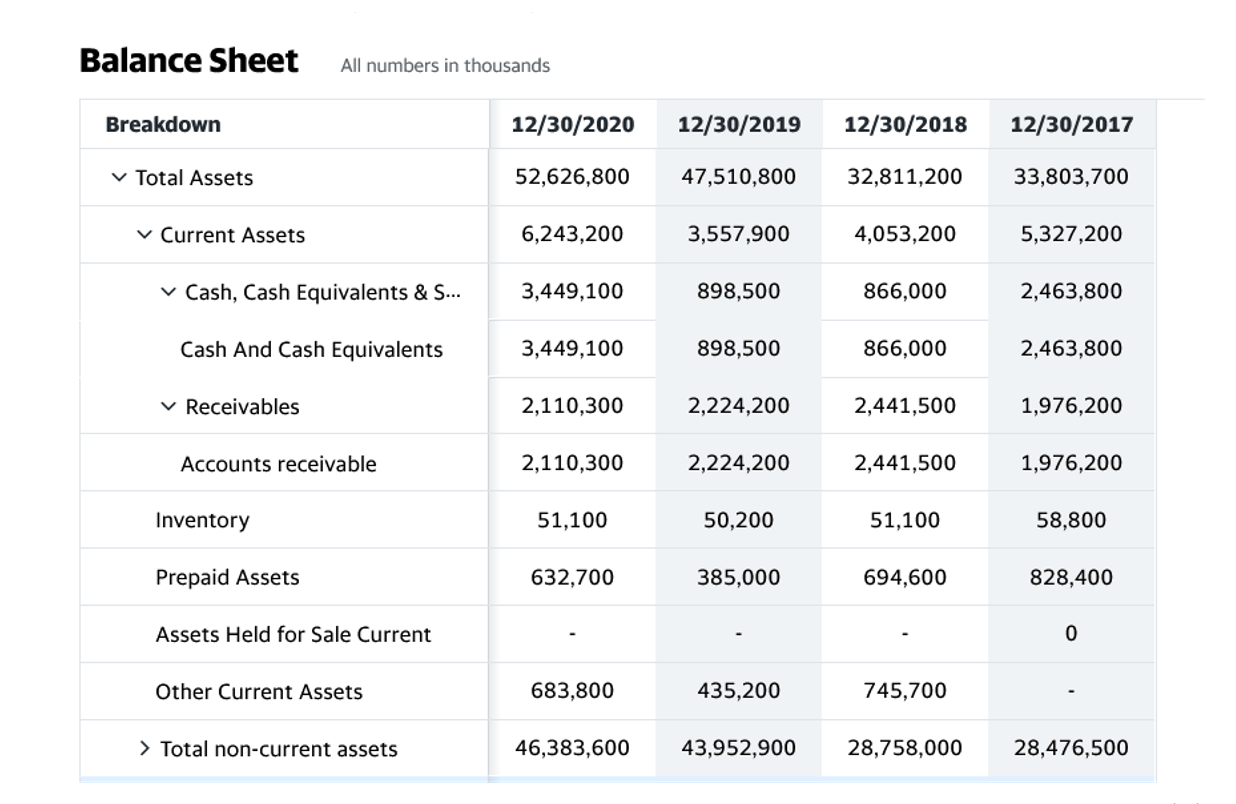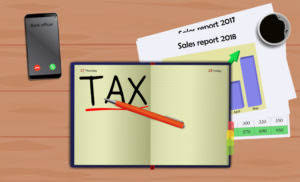
Over time, as the company fulfills its obligations, the liability decreases. The accounting objectives for liabilities are to recognize the obligation incurred by the business and provide a way of measuring future repayment obligations. Liabilities also indicate how the company manages its assets and equity.
- If you calculate that you owe money after preparing your tax return, be sure to pay the outstanding amount by the April 15 deadline or you will likely face late payment penalties.
- Liabilities are on the right side of the balance sheet, and these accounts have a normal credit balance.
- As you continue to grow and expand your business, you’re likely going to take on more debt as you go.
- Recording a liability requires a debit to an asset or expense account (depending on the nature of the transaction), and a credit to the applicable liability account.
What Is a Contingent Liability?
I also keep detailed records of everything – from product design to manufacturing to sales. This can be invaluable if you must defend yourself against a claim. It’s a bit of extra work, but it’s worth it for the peace of mind. And honestly, talking to a personal injury attorney can help you understand your risks and responsibilities. Self-employed people have to pay both portions of the payroll tax for Social Security and Medicare, resulting in a combined 15.3% tax rate on the first $168,600 of earnings. However, self-employed people are eligible for a deduction for half of the tax (otherwise known as the employer’s portion).

Part 2: Your Current Nest Egg
- Let’s say you’re an accountant and make a mistake on a client’s taxes, costing them money.
- These obligations arise from offering customers warranties to ensure product quality and satisfaction.
- Liabilities are common when conducting normal business operations.
- Self-employed individuals can assess their tax liability through the use of tax planning or hiring a tax professional.
- These are referred to as adjustments to income, or above-the-line deductions.
- At Finance Strategists, we partner with financial experts to ensure the accuracy of our financial content.
To find out your current tax liability, you can use a federal income tax calculator. The difference between tax liability and tax due is that tax due is how much you owe the government after falling short of your tax liability. This can happen if you’re a W-2 employee, for example, Insurance Accounting and did not have enough of your paycheck withheld for taxes throughout the year.
What is tax liability?

These ratios help investors, creditors, and analysts evaluate a firm’s liquidity, solvency, and overall financial health. At its core, a liability signifies an obligation or debt owed by one party to another. In accounting, companies record and manage liabilities as opposites to assets. Current liabilities and long-term liabilities are the two primary categories of business obligations, each with unique characteristics and implications for financial reporting. In accounting, a liability refers to an obligation or debt owed by a business or individual.
For example, consider a business that has recently taken out a loan with a 5-year repayment term. The loan would be classified as a long-term liability on the balance sheet since it is not due within a year. However, the current portion of this loan, which represents the amount payable in the upcoming year, will be presented under current liabilities. Unearned RevenuesUnearned revenues represent advance payments received for goods or services that have not yet been delivered or fully earned. Once the product or service is supplied, the unearned revenue liability decreases as the asset is recognized on the balance sheet.
Long-term liabilities include areas such as bonds payable, notes payable and capital leases. Contingent liabilities are liabilities that could happen but aren’t guaranteed. Lastly, unamortized investment tax credits (UITC) represent the difference between the taxable cost of an asset expenses vs liabilities and the amount that has already been deducted as a tax benefit over time.

FAQs on tax liability
- If you add up every dollar you earned in a year and take a look at your tax bracket, you will likely get a higher number than what you’re actually responsible for paying.
- I’ve heard stories about companies facing huge lawsuits because of product defects.
- When a company borrows money, for instance, it incurs a liability.
- Don’t just set it and forget it – your risk management depends on it.
- The Los Angeles Police Department has the highest liability payouts of any city department, with $100 million in claims in fiscal year 2024, according to an LAist analysis of city checkbook data.
- Liabilities are classified into three categories – current, non-current, and contingent.
That’s more than three and a half times the money budgeted for such risks. Offer pros and cons are determined by our editorial team, based on independent research. The banks, lenders, and credit card companies are not responsible for any content posted on this site and do not endorse or guarantee any reviews. Liability coverage doesn’t cover your or your passengers’ injury-related costs after an at-fault accident.
- These liabilities are crucial to understanding a company’s financial health and help provide insights into its operations, cash flow, and overall financial position.
- Understanding these terms, though, is super important for protecting yourself.
- Led by editor-in-chief, Kimberly Zhang, our editorial staff works hard to make each piece of content is to the highest standards.
- In this employer’s guide, get familiar with the benefits, legal guidelines, and pitfalls to avoid when hiring your child in your business.
- In accounting, liabilities appear on the right side of a balance sheet.
- Your tax liability is the amount you owe to the IRS or your local government.
Types of Liabilities
You would use this funding to purchase business assets how is sales tax calculated and fund other areas of your operations. Simply put, liabilities are any current debts that your business owes. And this can be to other businesses, vendors, employees, organizations or government agencies. Liabilities are common when conducting normal business operations.
What is the approximate value of your cash savings and other investments?
The size of the liability also contributes to evaluations of management’s use of leverage. With a current ratio above 2, the company can comfortably meet its short-term obligations, demonstrating strong liquidity. In accounting, liabilities are classified as either current or non-current based on their due date.